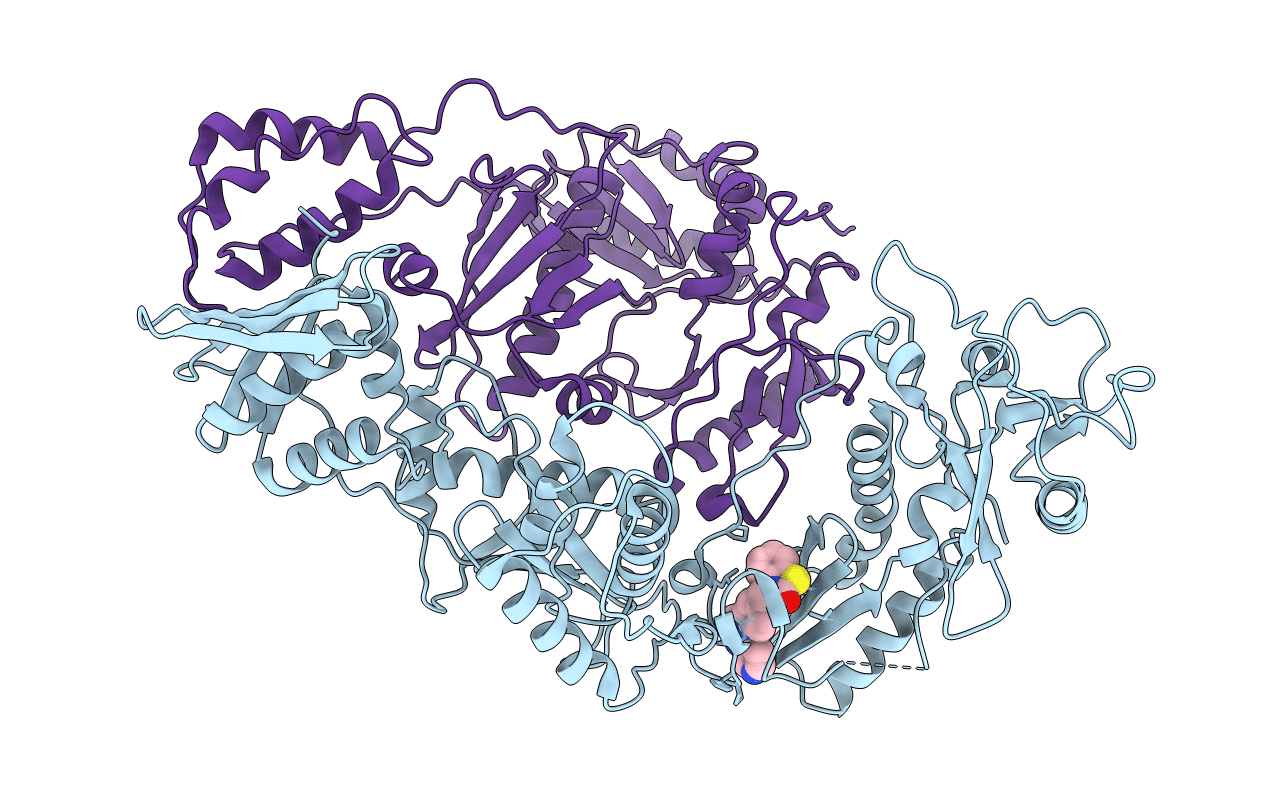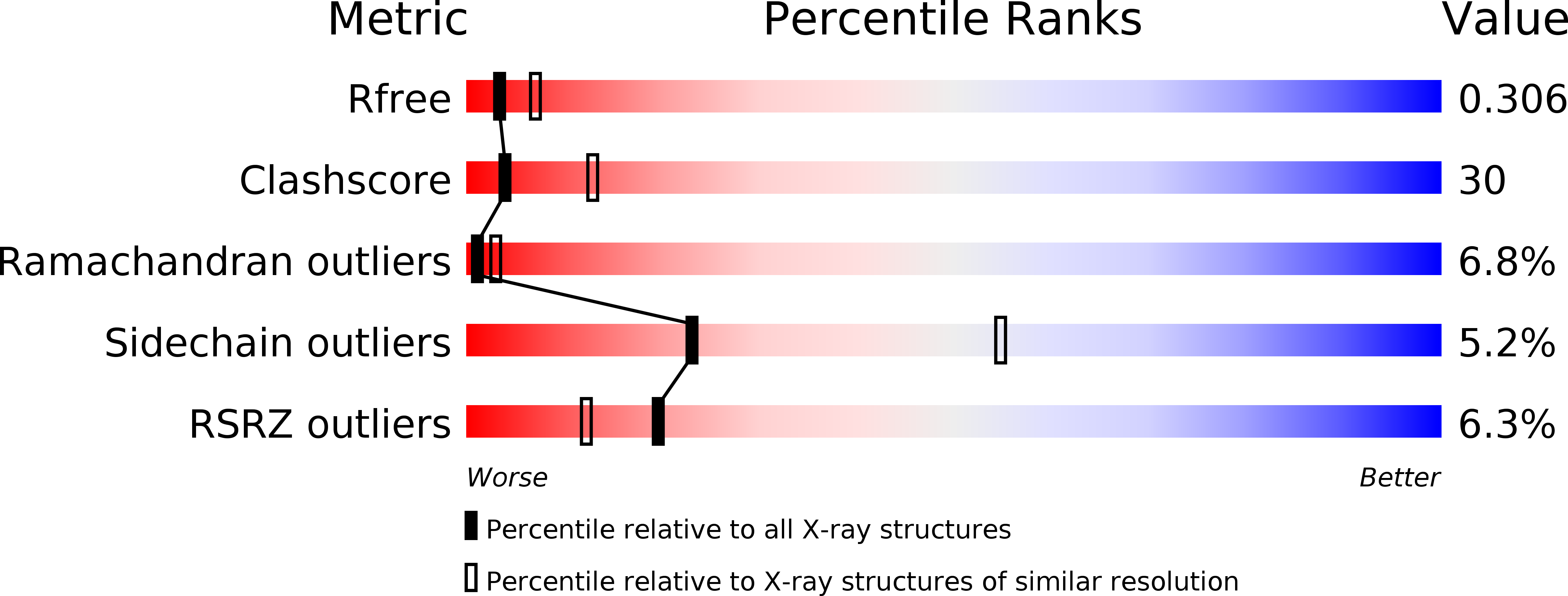
Deposition Date
2004-06-28
Release Date
2004-07-20
Last Version Date
2023-08-23
Entry Detail
Biological Source:
Source Organism:
Human immunodeficiency virus type 1 BH10 (Taxon ID: 11678)
Host Organism:
Method Details:
Experimental Method:
Resolution:
2.80 Å
R-Value Free:
0.31
R-Value Work:
0.26
R-Value Observed:
0.26
Space Group:
C 1 2 1


